See the world's largest polymer 3D printer that was used to make a fully recyclable 600-square-foot tiny home in Maine
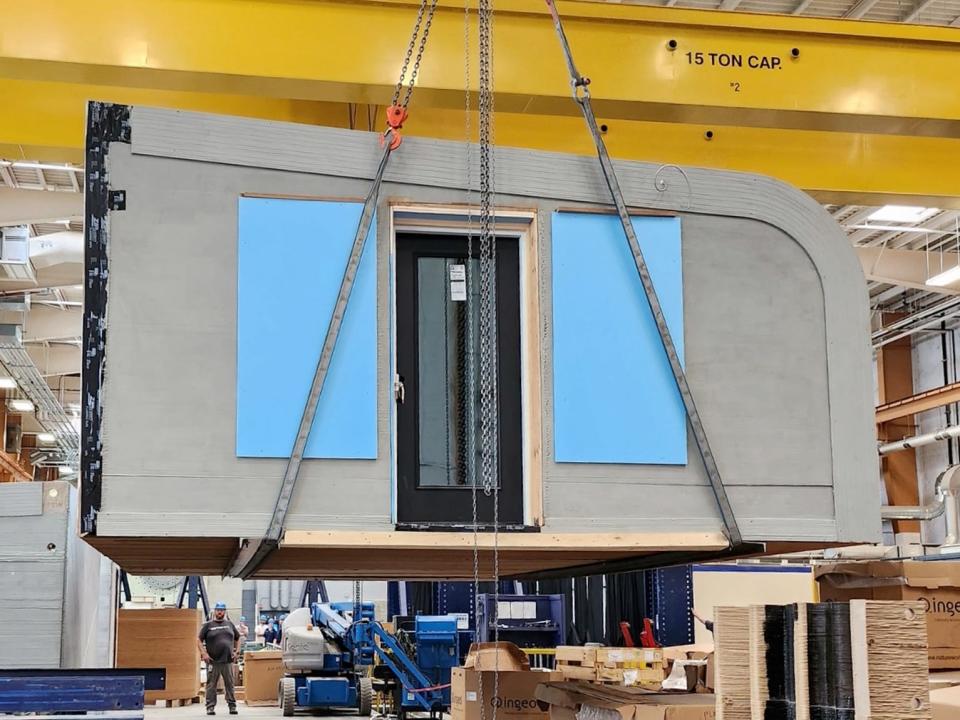
The University of Maine's Advanced Structures and Composites Center 3D-printed a tiny home.
The modular and prefab one-bedroom unit was built using recyclable pellets and ASCC's printer.
The university says it's the world's largest polymer 3D printer.
In the future, you may have to add the walls of your home to the list of recyclables you have to sort through before taking the trash out.
In 2022, the University of Maine's Advanced Structures and Composites Center (ASCC) unveiled its 600-square-foot BioHome 3D, a 3D-printed "bio-based" home.
And the construction method deployed for it was as unique as the final product. We've seen plenty of 3D-printed homes pop up on the market. But no other unit has been built with what the center says is the world's largest polymer 3D printer.
ASCC has a diverse portfolio from floating wind turbines to rebars, all with the goal of creating a more sustainable future.
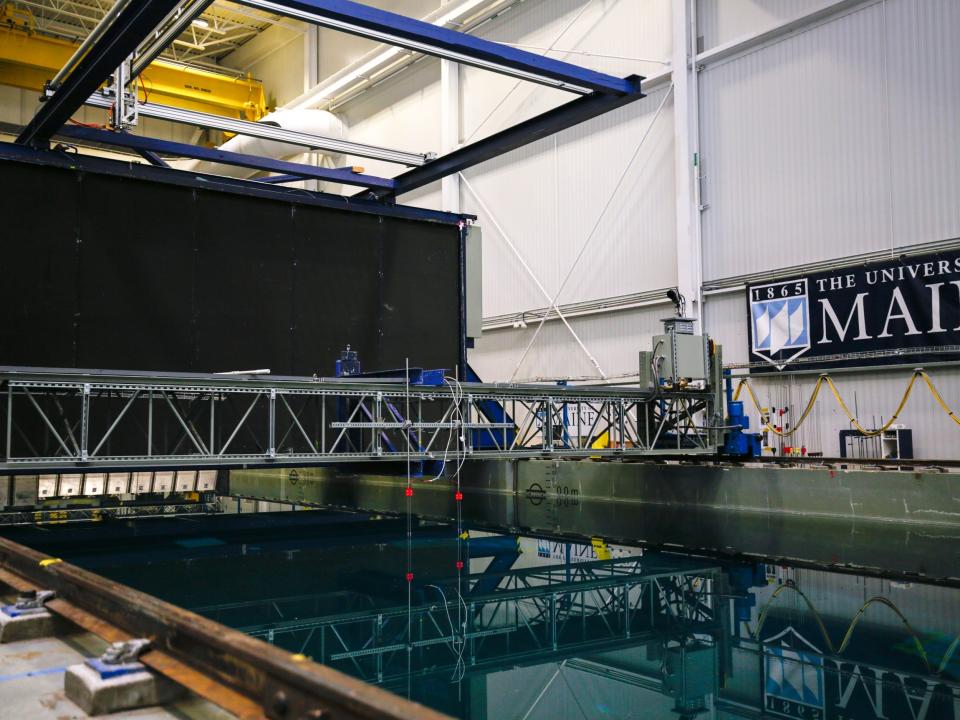
And this modern home with an eco friendly twist is no exception to the center's mission.

The walls of the one-bedroom unit hide a sustainable secret: It's made of fully recyclable materials.

And the ASCC is now testing the durable material's ability to be recycled five times over.

The research and development center printed its home out of wood waste instead of the more popular option, a concrete mix.
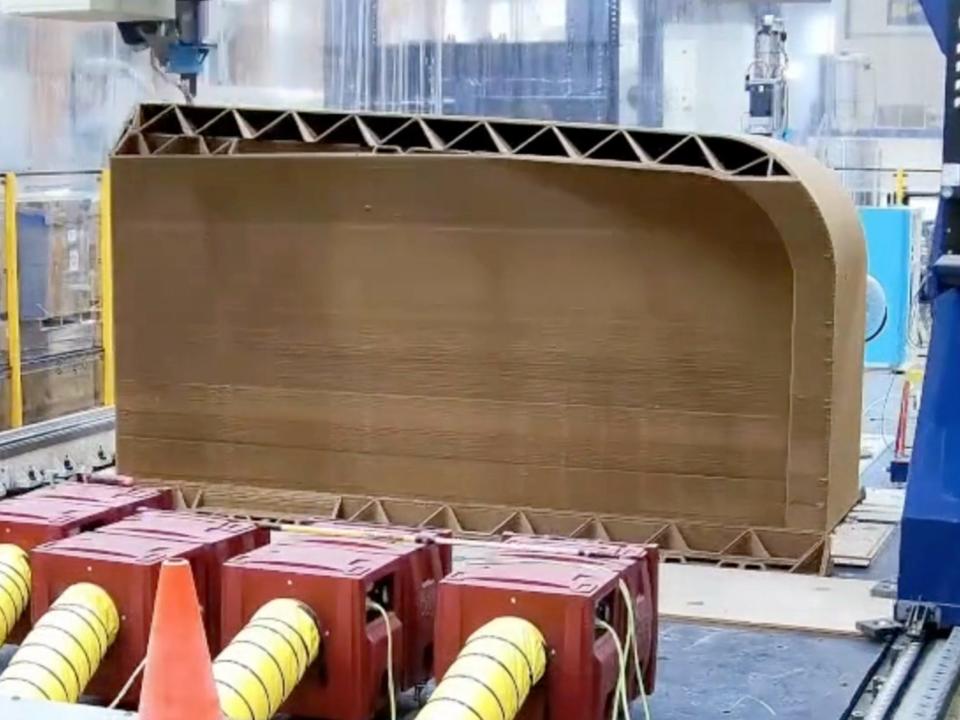
To create this recyclable printer "ink," the center and its various industrial partners encapsulated wood residuals with bio-resins, creating pellets of durable printing material.

The wood residuals used to create this project were sourced from a variety of sawmills, giving waste a second life.

Someday, the goal is to source all of it locally.

And Habib Dagher, the founding executive director of the center and principal investigator of this project believes there's enough supply to do so: He says Maine produces enough wood waste to build 100,000 homes a year.
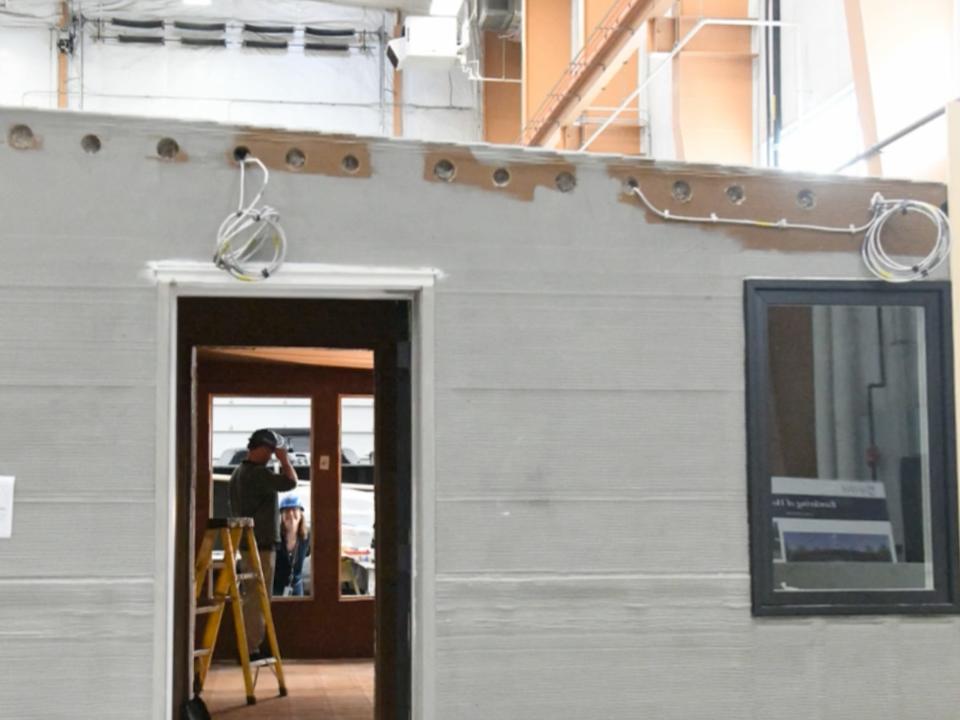
These small pellets were then fed into ASCC's 3D printer and excreted as the walls, ceiling, and floor of the home …
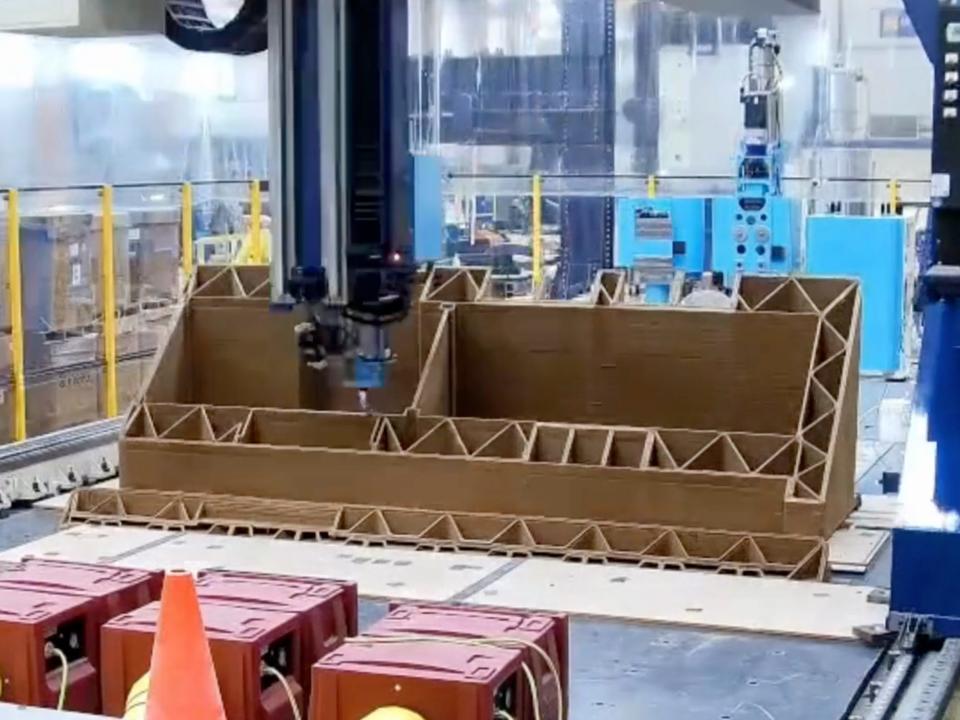
… similar to a "glue gun with hundreds of settings," Dagher said.
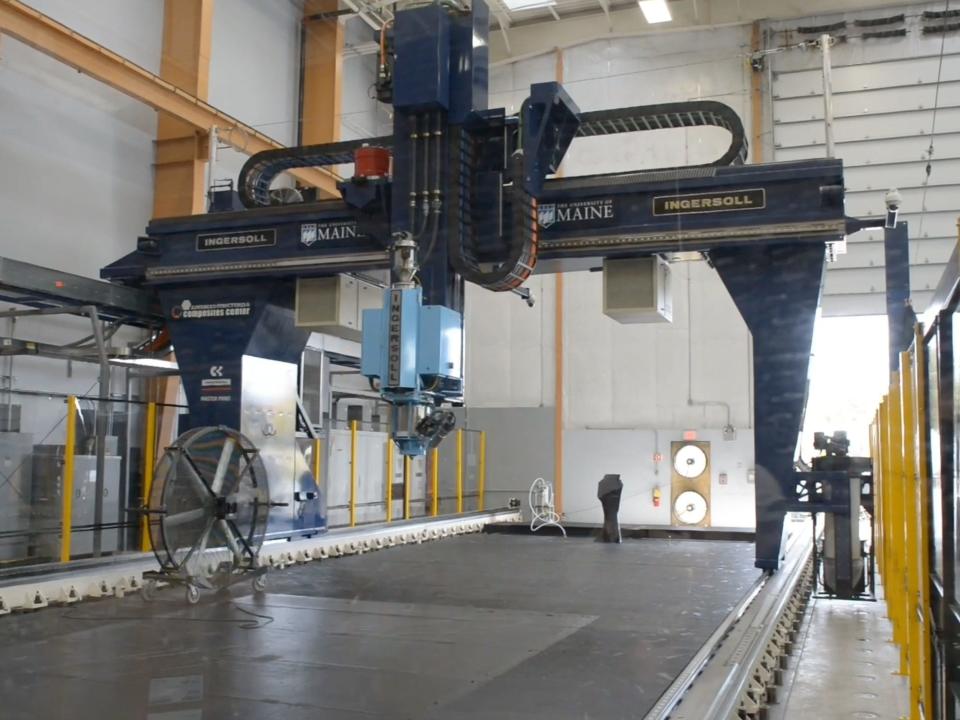
Like other up-and-coming homebuilders, the university took a modular and prefab approach to building this 600-square-foot home.

The home was printed, insulated, and pre-wired inside the center's manufacturing facility as four 200-square-foot modules.

These modules were then moved outside using a crane and flatbed truck.
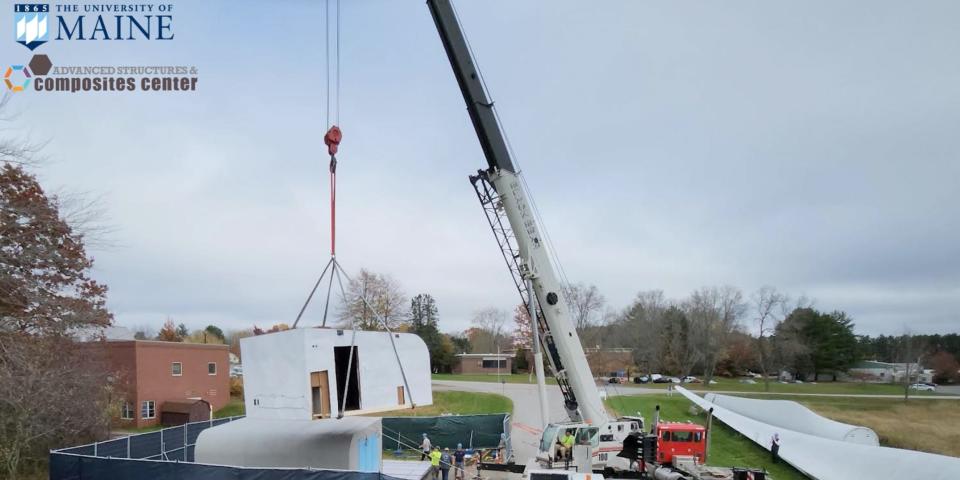
And in less than a day the home was installed onto a concrete foundation and powered with the help of an electrician.

Besides the home, ASCC's printer itself — first installed in 2019 — is an impressive feat on its own.

Source: University of Maine Advanced Structures and Composites Center
The center says its 60-foot-long, 10-foot-tall printer is currently the world's largest polymer 3D printer.

Source: University of Maine Advanced Structures and Composites Center
And it already has an even larger one in the works that will eventually dwarf this existing printer.
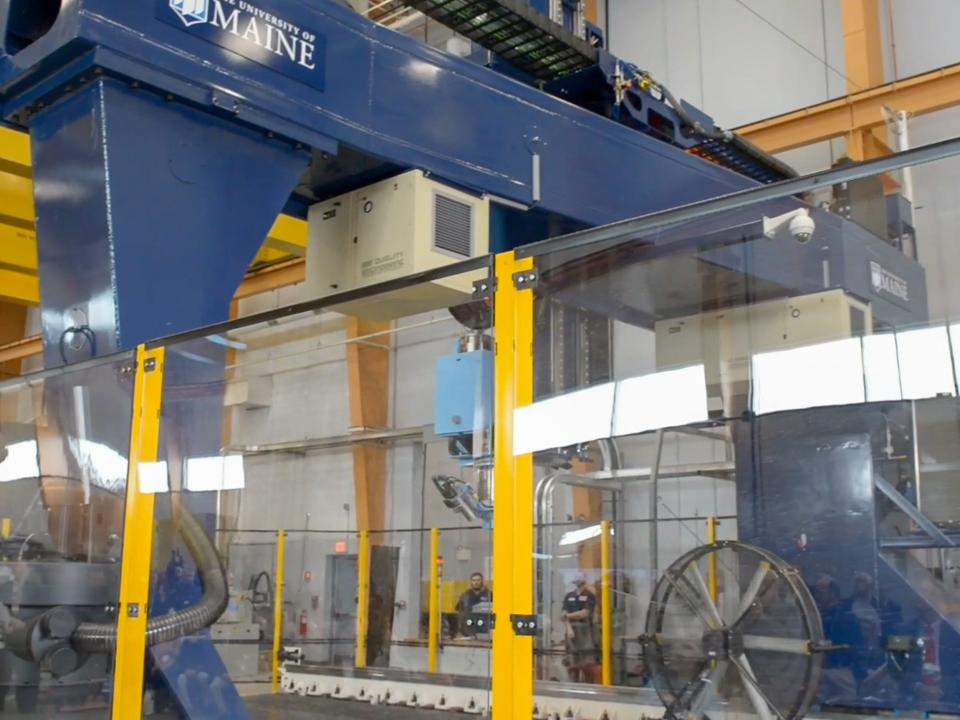
Inside, the unit has a fully furnished bedroom, bathroom, and joint living room and bedroom.

The layered and curved walls like the ones shown below are a signature of 3D printers.

The walls in the bedroom were printed at an angle while the ones in the living room look more parallel, a result of different printing techniques deployed throughout the project.

The big goal is to print a home in 48 hours. This project took about 10 times longer.
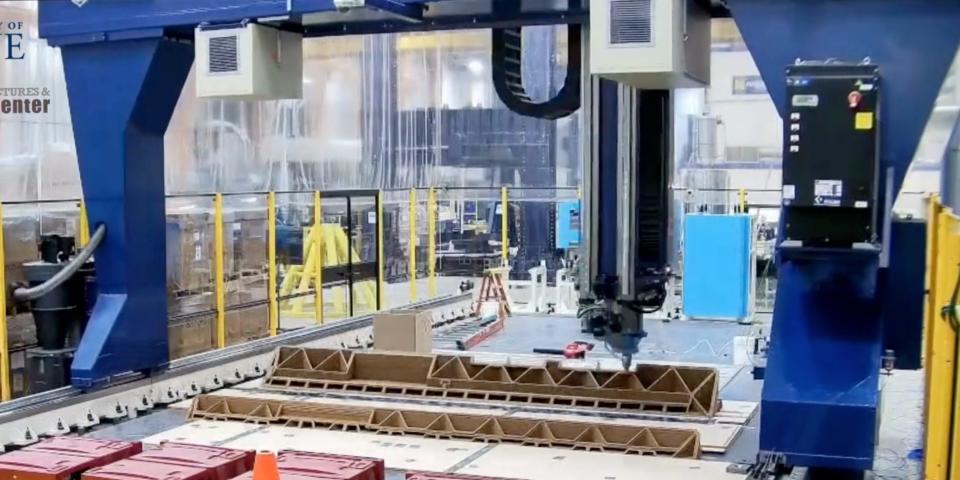
But this could soon be expedited as ASCC prepares to break ground on an extension of its manufacturing project next year.

When complete, a nine-home development will be its first project.
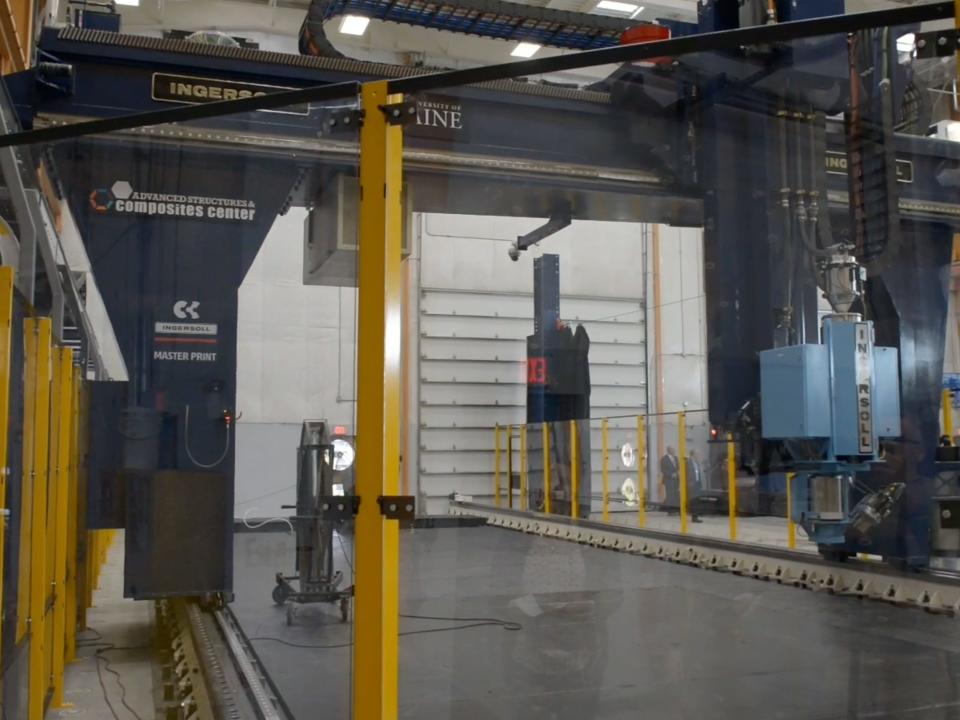
“Our number one priority is to alleviate the societal problems [like housing and sustainable construction] we are facing right now,” Dagher said. “There’s an opportunity here to harness these biomaterials and help solve these problems.”

Read the original article on Business Insider

 Yahoo Autos
Yahoo Autos 